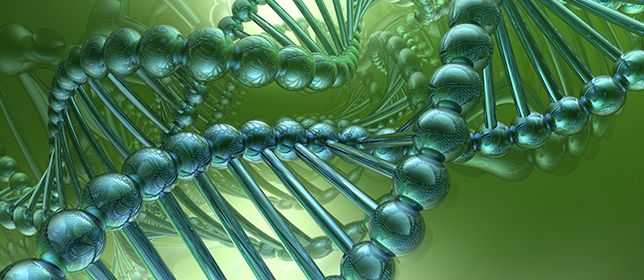Bladder EpiCheck Demonstrates Accuracy for Detection of Urothelial Carcinoma Recurrence
“Accurately identifying patients with high-grade UTUC is critical, as the disease progression can be deadly and the standard treatment – removal of ureter and kidney – leads to major morbidity."

A liquid biopsy assay, Bladder EpiCheck, appeared to accurately identify recurrence in patients with upper tract urothelial carcinoma (UTUC) in 2 studies presented at the 35th Annual European Association of Urology Virtual Congress compared with cystoscopy and cytology, the current standard in the field, according to a press release.
Bladder EpiCheck detects recurrences with a simple objective urine test by analyzing subtle disease-specific changes in DNA methylation markers. The test allows for detection of 92% of high-risk cancers. The negative predictive value of Bladder EpiCheck is 99% for high-risk cancer, which translates to a 99% chance that no high-risk cancer is present.
“Accurately identifying patients with high-grade UTUC is critical, as the disease progression can be deadly and the standard treatment – removal of ureter and kidney – leads to major morbidity,” said Alberto Breda, MD, head of the oncological urology unit and the kidney transplant team in Fundacio Puigvert, Barcelona, Spain, and the lead investigator of the first study, in a statement. “Unfortunately, identifying the presence of high-grade UTUC today is done through ureteroscopy, a very complex procedure under general anesthesia that has low yield.”
The first study on Bladder EpiCheck evaluated 47 patients with UTUC who underwent an ureteroscopy. Cytology and liquid biopsy were performed on all patients with voided urine and selective urine samples. Overall, 46% of patients were detected to be positive for UTUC recurrence, while the other half of patients were found to have high-grade disease.
According to this interim analysis, there was a significantly higher overall sensitivity of Bladder EpiCheck at 75% compared with cytology in voided urine at 39% (P =.03). The test also outperformed cytology in high-grade UTUC with a sensitivity of 89% with Bladder EpiCheck compared with 64% with cytology. A negative predictive value of 95% was observed with Bladder EpiCheck versus 88% with cytology in voided urine.
“We are encouraged that these data demonstrate the promise of Bladder EpiCheck’s ability to accurately rule-out high-grade upper tract urothelial cancer with a simple voided urine test,” stated Breda. “As a result, we hope to be able to identify more patients who can safely keep their kidney and undergo conservative treatment.”
In the second study on the Bladder EpiCheck assay, 167 patients with a history or suspicion of high-risk bladder cancer using liquid biopsy compared with cystoscopy and cytology. The study demonstrated that Bladder EpiCheck had a higher diagnostic accuracy in terms of sensitivity, which was 93.5% versus 73.9% with cystoscopy and 58.1% with cytology. The negative predictive value of the assay was 96.4% versus 87.5% with cystoscopy and 79.3% with cytology.
Bladder EpiCheck is intended to be used as a noninvasive test for monitoring recurrence in conjunction with cystoscopy in patients with previously diagnosed bladder cancer. The test is currently available in Europe and is CE-marked, but Bladder EpiCheck is not yet available in the United States.
“We are encouraged by the independent evidence of our Bladder EpiCheck technology, and its potential role in improving UTUC and NMIBC management for the benefit of patients,” said Aharona Shuali, MD, vice president of Medical at Nucleix, in a statement. “Bladder EpiCheck’s consistently excellent sensitivity and NPV in high-grade urothelial cancers allows urologists to start considering innovative approaches for managing these patients.”
Reference
Nucleix presents two bladder epicheck studies at eau20 virtual congress, including interim data in patients with upper tract urothelial cancer. News Release. July 17, 2020. Accessed July 20, 2020. https://bwnews.pr/2WBcNwQ